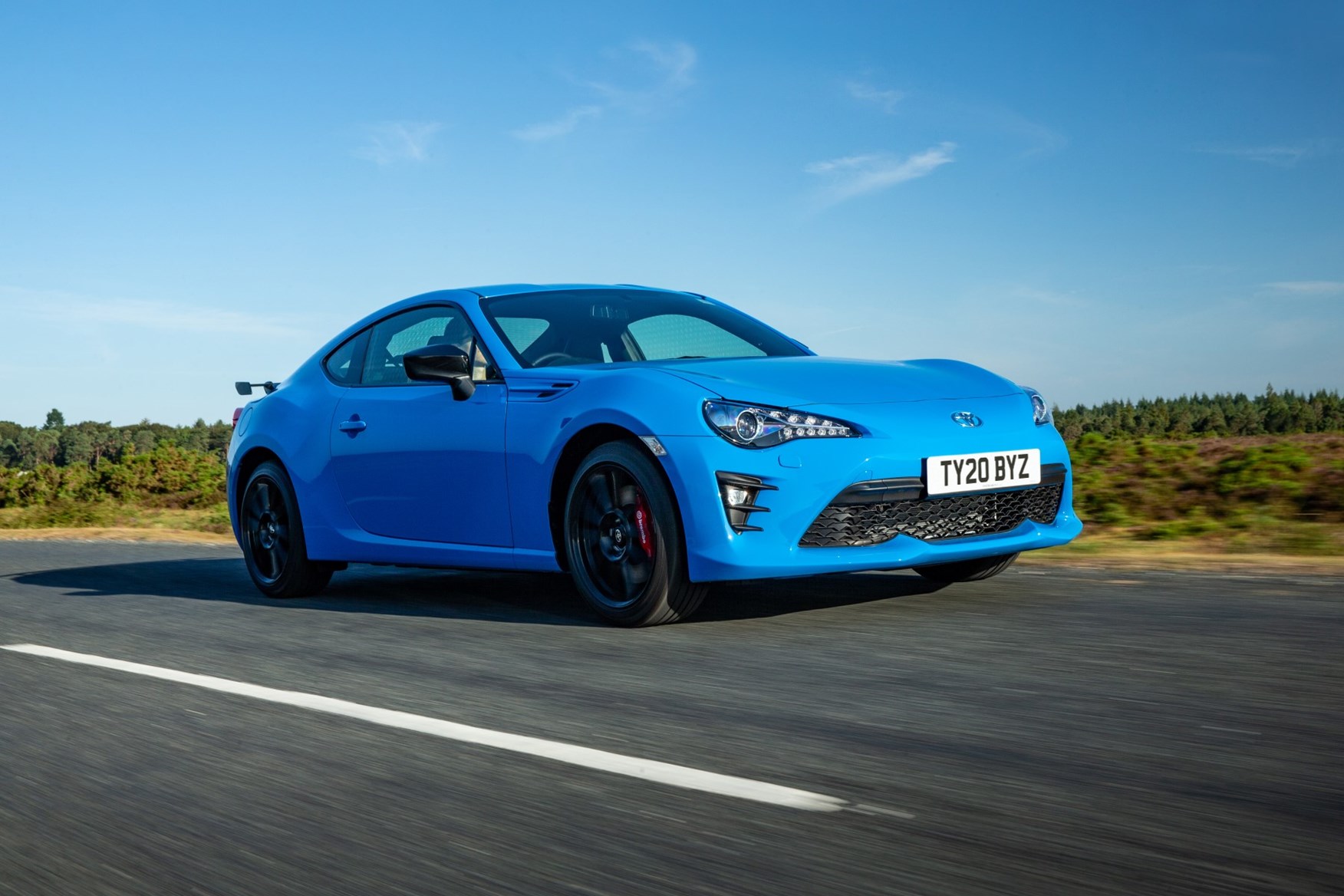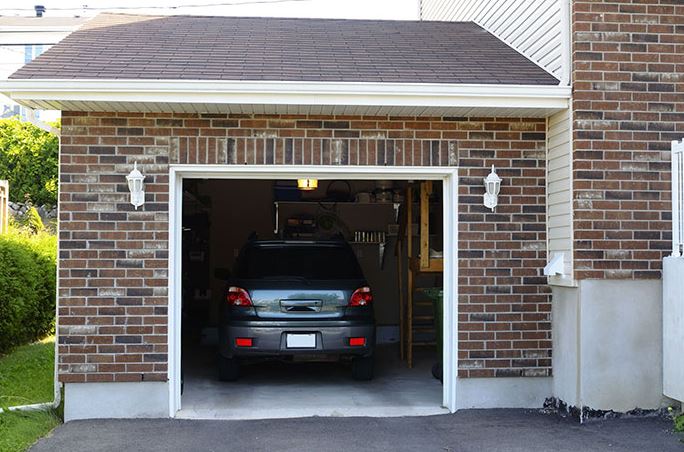
The '90s had a wonderful time for cars. Collectors' items are plentiful in the '90s. This article will show you some of the hottest vehicles on the market, from the Ford Escort RS Cosworth up to the Toyota Supra. We'll also look at the Ford F-150 SVT Lightning and the Honda NSX. These cars will get you excited about getting behind the wheel, regardless of what price tag.
Ford Escort RS Cosworth
Ford Escort RS Cosworth (WRC homologation) is a very rare special. It was built in the late 1990s to show Subaru what they had missed in the World Rally Championship. The original Escort RSC Cosworth produced 210 horsepower and cost $186,000; however, many enthusiasts have taken to the car to restore it and make it more affordable.
The EscortRSCosworth was originally created for rallying. It was also sold in road-going version. Although the Escort RS Cosworth cost a lot, its performance is unmatched. The car was so powerful that insurance premiums were exorbitant. It was also known for its turbo lag which made it very expensive. It was nevertheless sold in high numbers. There were over 7000 units. This makes it a valuable collector's item.

Toyota Supra
The design of the Toyota Supra changed significantly in the 1990s. The interior of the Toyota Supra was updated with new colors including dark gray and shadow grey. Also, the steering wheel was redesign. The dash now features 6.5-inch speakers with a larger center cover and speaker covers. The steering wheel also received an airbag, which took up the center of the wheel. The original 3-spoke steering wheel was removed and replaced by a 4-spoke model with the Supra script.
The Toyota Supra has many distinctive features that set it apart from its contemporary rivals. For the fourth generation Supra, a new body style was created. The original pop-up headlamps have been replaced by LED units. Additionally, the rear wing is now optional. This feature was a signature of the Supra. This Supra's version was stronger than its predecessor. And its turbocharged engine is still capable of putting out more power than its predecessors.
Honda NSX
The Honda NSX remained largely unchanged over the past decade. The 2001 model saw a few cosmetic modifications, including a new chassis with fixed xenon lights. There were also improvements to the suspension as well as larger tires and wheels. The car was available in several colors. Additionally, owners could choose an interior color to match. However, the NSX did not live up to its hype.
Honda NSX was prone to oversteer during cornering maneuvers and at high speeds due to its mid-engine configuration. Honda created the Type R (for track driving) and the Type S to address this problem. These cars were heavier and more powerful than their predecessors. There was also a Zero version of the Type R and Type S, but it did not come with a navigation system, AC or stereo.

Ford F-150 SVT Lightning
The Ford F-150 SVT Lightning of the 1990s was a luxurious pickup truck. It was built on the second-generation body. It came standard with a naturally aspirated engine of 5.4-liters and an Eaton Supercharger. The engine produced 360 horsepower and 440 lb-ft of torque, and was backed by a 4R100 automatic transmission. Lightnings of the first generation were not available in a factory-equipped configuration, but could be ordered as an option. The second-generation model included a tubular lower Grille, coil springs in front and a leaf-spring package at the rear. It also had 31-mm antiroll bars.
The first-generation truck used twin beam coil springs on the front and leafsprings at its rear. There was an option for Monroe Formula GP shocks and a stabilizer at the front and back. The truck with a lower ground clearance was one inch higher in front and 2.5 inches at the back. This truck was ideal for anyone looking for power and speed in a small truck.
FAQ
What qualifications do I need to become a mechanic?
To become a mechanic, you'll need to pass a series of exams. These include:
-
A general knowledge test
-
Practical exam
-
An apprenticeship test
These tests are intended to make sure you have a solid understanding of the basics of mechanics before you can start your career as a mechanic.
After passing these tests, you will be eligible to become a mechanic. You'll still need an apprenticeship. This will include training in the trade.
To fully understand the mechanics of vehicle repairs, you'll need workshops and classes. Working alongside skilled mechanics is also a must.
To be a successful mechanic, you will need to have a high degree of concentration and attention. It is essential to pay attention to all aspects of vehicle repairs.
You'll need patience and persistence to become a successful mechanic. If you don’t enjoy following instructions, this might not be the right career path.
But if you love cars and enjoy fixing them, you could be very happy in this line of work.
What does it matter which college I attend?
It's not true. In terms of getting into the auto industry, there is no distinction between colleges. However, some schools offer better programs than others so if you're looking for something more specialized, look elsewhere.
How long is an automotive course?
A three-year course in automotive is required.
The first year is dedicated to theory and learning about cars. The second year will be spent in practical training. Here you will learn how fix engines, drive and other mechanic jobs. The final year includes a placement at an auto shop. This gives you real-world experience fixing real problems.
Is it hard to get work as an auto mechanic?
Yes, it is possible. Many garages have vacancies that are advertised online. Many people apply because they think it will be fun. Try applying to a few jobs and seeing if the garages accept student applications. Alternatively, you could ask friends and family if they know anyone who works in the industry. You might be able to refer someone.
Statistics
- 52% of Mechanics in the United States think their salaries are enough for the cost of living in their area. (indeed.com)
- Apprentice mechanics earn significantly less hourly than mechanics who have completed training, with a median wage of approximately $14.50 an hour, according to PayScale. (jobhero.com)
- There were 749,900 jobs available for automotive service technicians and mechanics in 2016, which is expected to grow by six percent through 2026. (jobhero.com)
External Links
How To
How to properly diagnose your vehicle for repair
First, look at the symptoms of your car to determine if it needs repair. Next, you can follow these steps in order to diagnose your car.
-
Check engine lights. Check the dashboard light indicators such as the engine light indicator, the oil pressure gauge, the battery light indicator, the coolant temperature gauge, and the RPM gauge. If any of these indicators have been flashing continuously for several days it could mean that there is something wrong with your vehicle.
-
Take a look at the treads. If the tires are worn out, they could cause problems with handling and braking. Also, inspect the treads of your wheels. They should be smooth and clean. It is best to take off the wheels and remove them. Use a flashlight to see how well the treads are worn.
-
Pay attention to the level of your brake fluid. Keep track of the brake fluid level in your vehicle. This helps ensure that your brakes operate properly. If the brake fluid level is low, your brakes might fail when you apply pressure to them.
-
You should test the suspension system. Most vehicles have a suspension system that absorbs shocks and vibrations. It gives you better control and allows for smoother accelerations and decelerations. A suspension problem can cause your vehicle to feel wobbly and shake uncontrollably. Try putting some weight on your front or rear axle to determine if you have a suspension problem.
-
Examine the steering column. The steering column is used to link the steering wheel with the rest of vehicle's components. Many accidents can cause damage to steering columns. It is recommended to replace any steering column that feels loose, or shakey.
-
Pay close attention to the exhaust tube. The exhaust pipes are responsible for moving gases from the combustion chamber into the atmosphere. Exhaust pipes that are cracked or leaking can allow harmful fumes to enter your cabin. Additionally, your tailpipe should be fixed immediately if it is bent.
-
Take a look under your hood. Check under your hood for any unusual or missing components. Fluids could be leaking from your engine. You should also contact a professional technician if there is an unusual odor coming from the engine compartment.
-
It is important to inspect the air filter. The air filter in your vehicle collects dirt and dust from the environment. A dirty air filter causes your vehicle to run poorly. Replace your air filter regularly.
-
Check the fan belt. The fan belt is the link between the engine and the transmission. If the fanbel breaks, your engine won't turn. It is easy to replace the belt. All you need are a screwdriver & pliers.
-
Check the radiator hose and hoses. The radiatorhose carries water from your radiator to the engine. If the hose becomes damaged or cracked, hot liquid can be emitted onto the engine. You only need a pair of needle-nose pliers and a small wire brush to repair the hose.
-
Make sure you have the windshield wipers checked. Windshield wipers work by using electricity to remove rain and snow. If they stop working, they could leave streaks on your window glass. Change the washer fluid to fix the problem.
-
Make sure you check the cables. Your car's electrical system is powered by batteries. Make sure you disconnect the negative cable before replacing batteries. Failure to do so can damage your alternator.
-
Make sure your headlights are working properly. Headlights are used to illuminate the road ahead. Bad visibility can be caused by headlights that don't work correctly. To check if the bulbs have gone out, you can inspect them.
-
Be sure to check the lights. You can warn other drivers if you approach them at night. You may be distracted by the light and end up in an accident.
-
Check the brakes. Before you have a collision, brakes slow down your car. You could lose control of the car and cause a crash if they don't work properly.
-
Change the oil. The oil keeps your engine well lubricated. It prevents metal parts from rusting too quickly. Changing the oil every month is recommended.